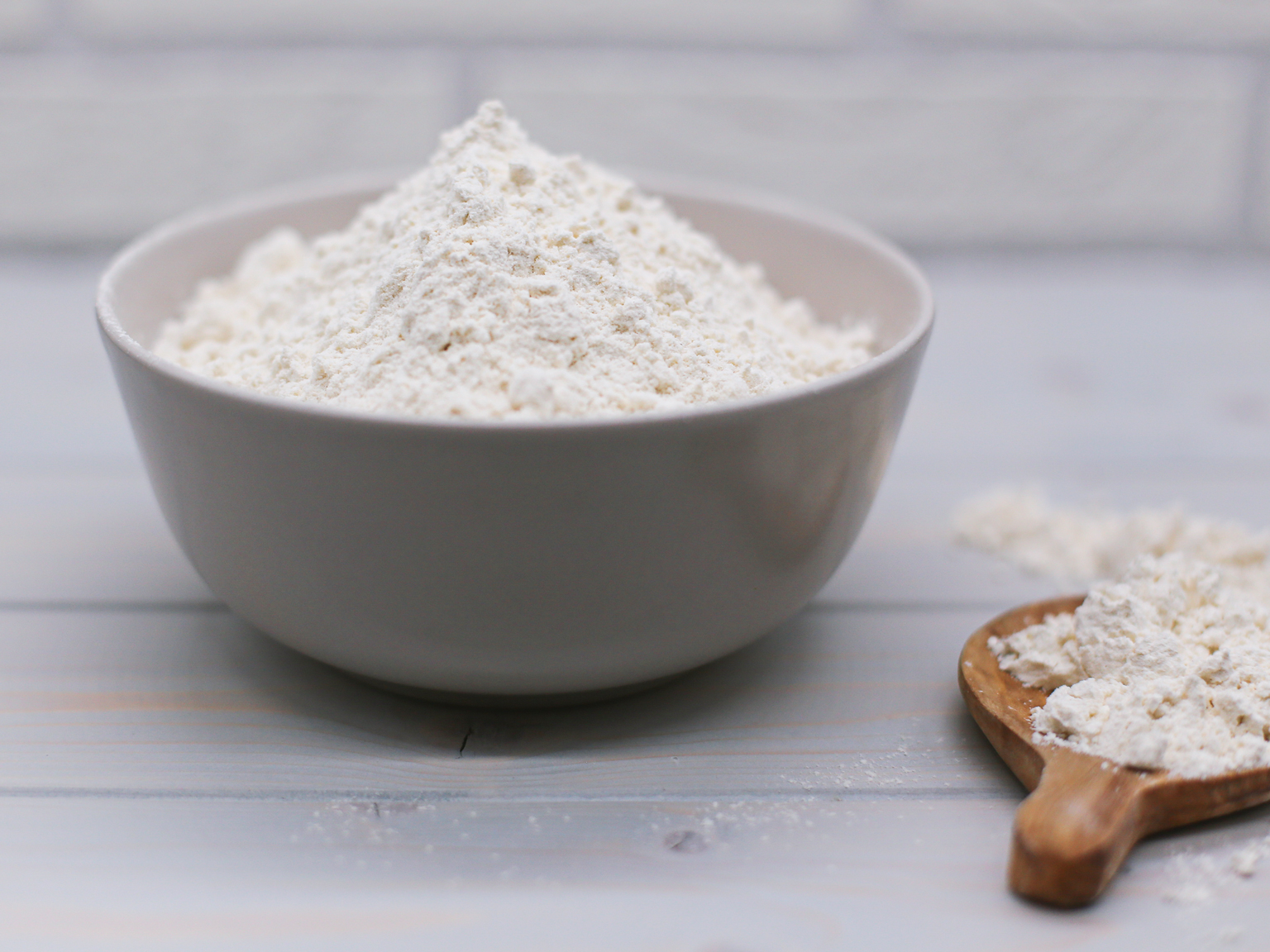Since people came up with the brilliant idea of grinding grains, seeds and nuts with the help of stones, flour has become by far one of the most important ingredients in the worldwide diet. It took us quite a long time before we thought up how to tame steam at the beginning of the Industrial Era. The invention of the steam engine became the most significant result of that time. The Industrial revolution helped us make a lot of flour.
But then the preservation issue came in. Flour, due to the composition of its wheat kernel, reacts with oxygen as soon as it’s exposed to it. This leads to oxidation of the fatty acids containing in the germ – reproductive part of the seed – and to flour rancidity. Should you ever try rancid flour, you will immediately find it abhorrent and gross. Imagine the flavour of old, stale walnuts from the back of the drawer – that’s how rancidity feels like.
Lost nutrients
In order to get rid of the problem, the germ was discarded, and that’s how degermed flour became standard. But this part of the kernel contains some essential nutrients that were lost during the process. To tackle that issue, technologists started enriching flour with all the valuable vitamins and minerals. That’s how ‘enriched’ flour appeared. There are also other types like bleached/unbleached, self-rising and gluten flours. And also flours for different purposes, like cake, bread, hard or strong, soft or weak, pastry, all-purpose flours. Those are made especially in response to requirements that pose different cooking techniques of bakery products. Different flours have varied gluten protein content. This property affects the viscosity, elasticity, rise and other characteristics of the bread.
Golden flour
When we say ‘flour’ we usually imply ‘wheat flour’, but there are so many others: teff, peanut, banana, buckwheat, coconut, acorn, almond, corn, quinoa, soybeans. The latter can be roasted, and when it is, it is known as ‘kinako’ in Japanese cuisine. It means ‘yellow flour’ because of the distinct colour it gets during finely grinding roasted soybeans into powder. However, if made from the green soybeans, kinako will have a greenish hue. But usually, it’s golden.
Try to find kinako in a speciality store or order online. Try to substitute all-purpose flour with it in your favourite baked goods, replacing ¼ of it with kinako. But keep in mind that it’s rather strong in flavour, so better use sparingly. Another great way to use roasted soybean flour is to incorporate it into smoothies. Place 2 frozen bananas, ½ cup of milk (use almond, rice, or oatmeal if you wish), 1 Tbsp of yoghurt, 2 tsp of kinako, 1 tsp of honey or syrup of your choice and a pinch of cinnamon in a blender and run it until a creamy consistency is reached. Top with some fresh berries, chia seeds, or more kinako – create a powerful snack.











What do you think?